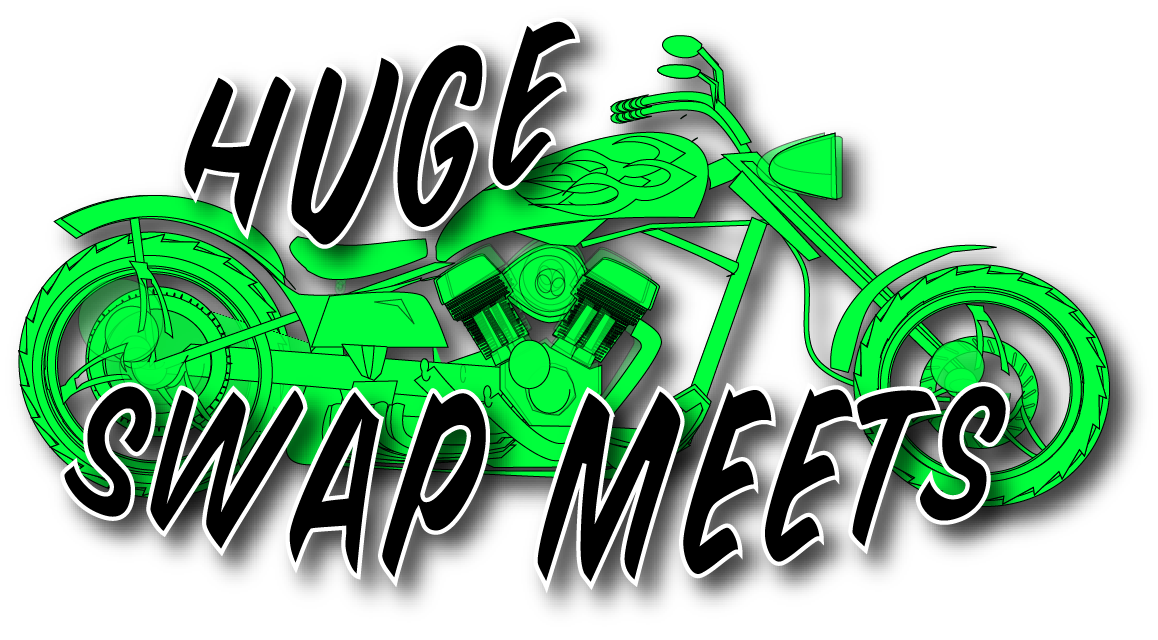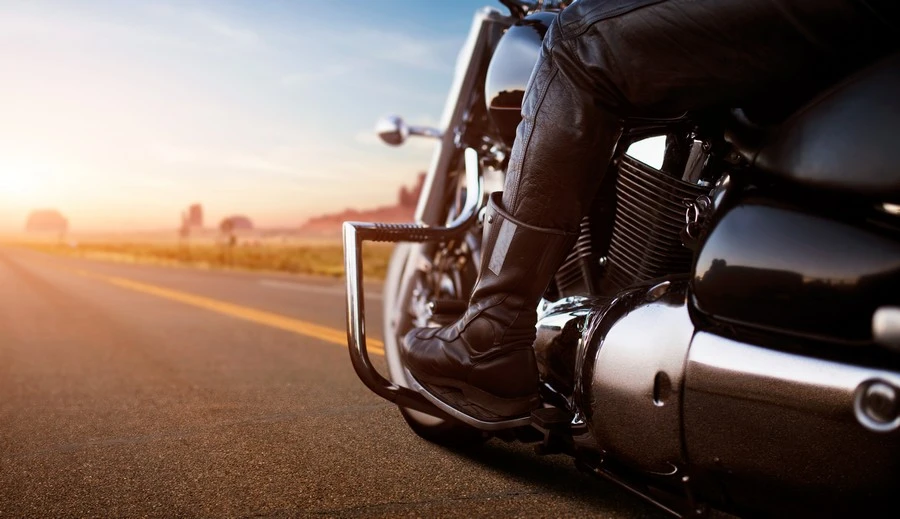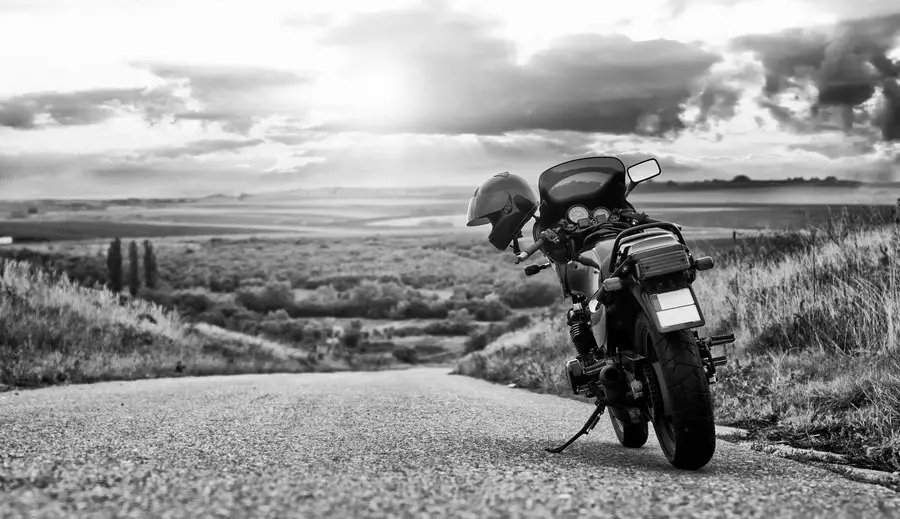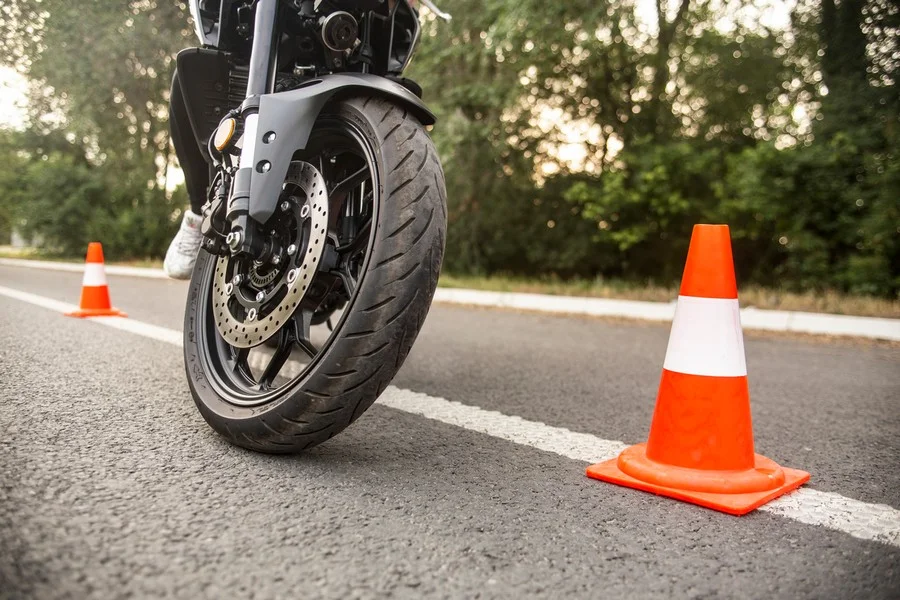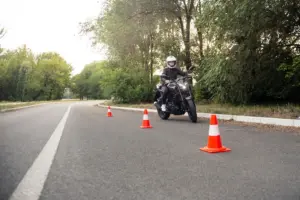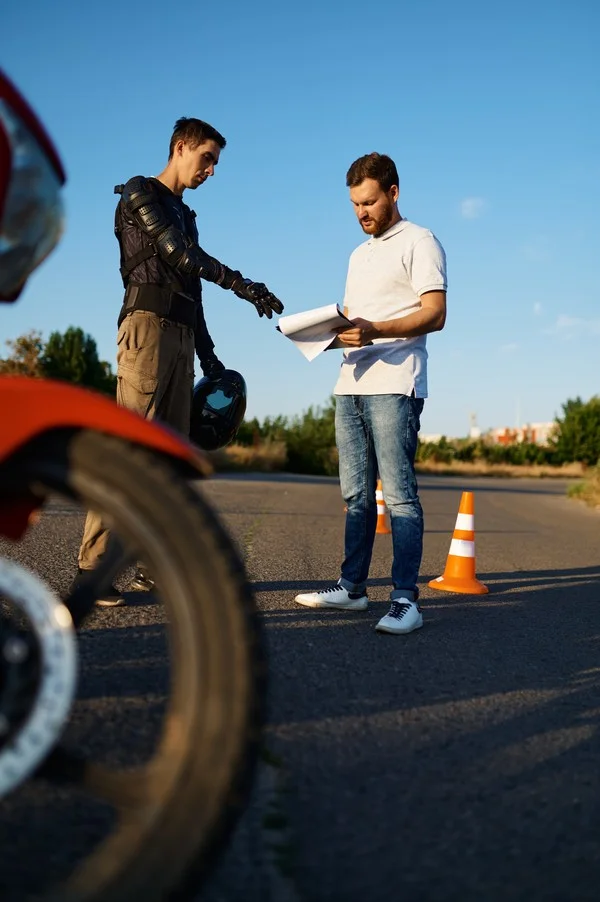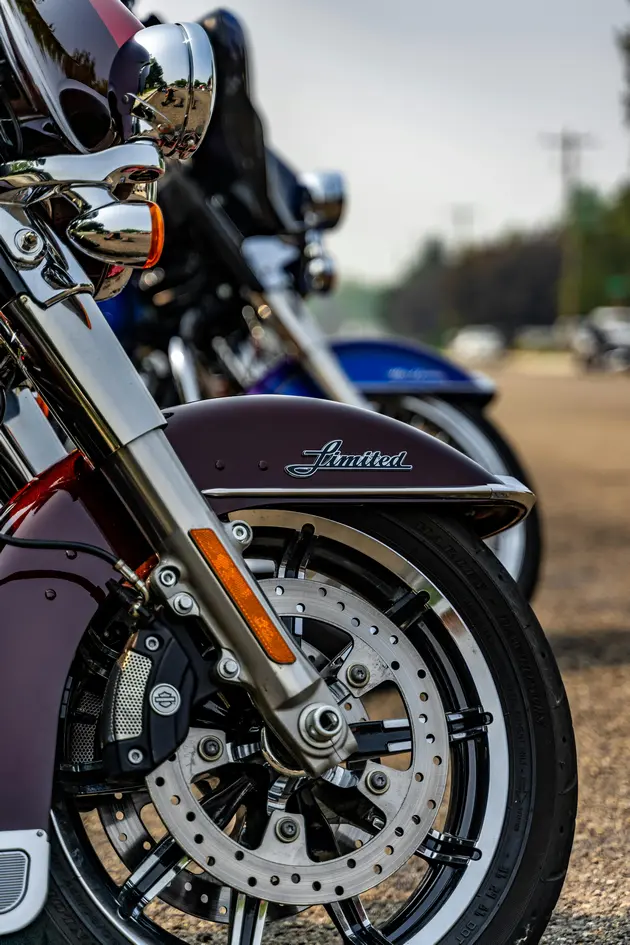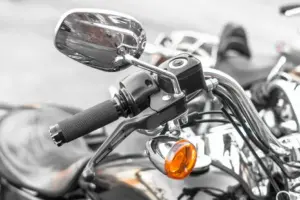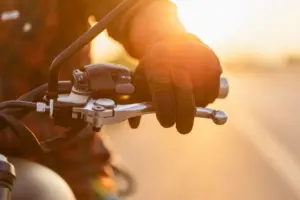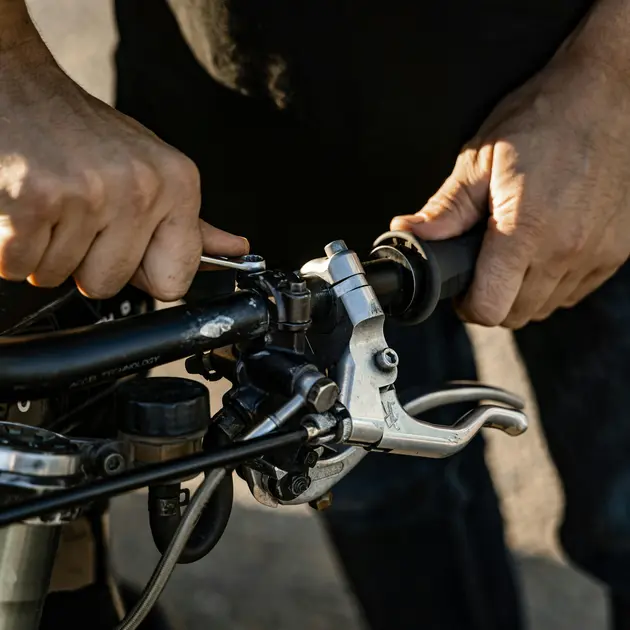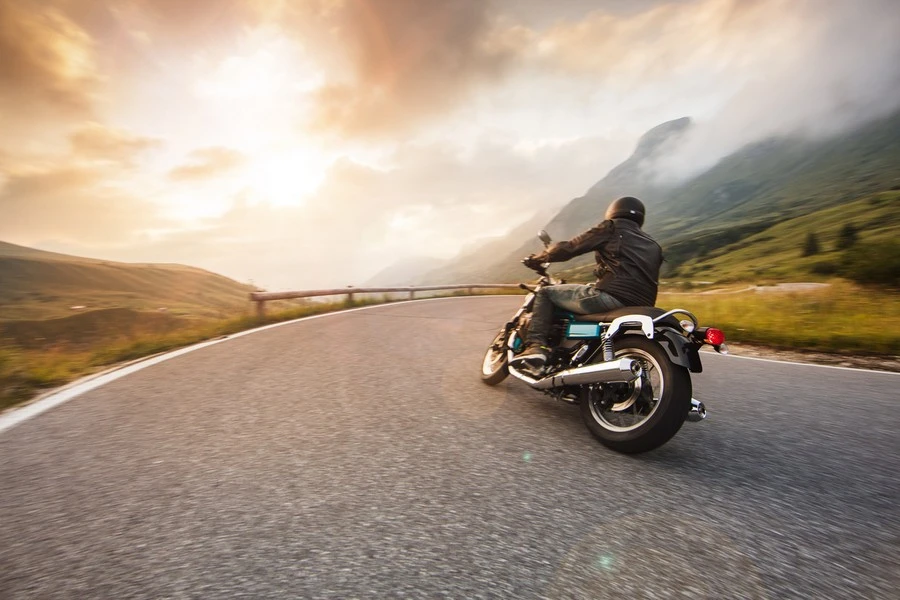
There’s an undeniable allure to riding a motorcycle alone, with nothing but the open road stretching out before you and the wind in your face. Riding solo offers a sense of freedom, self-reliance, and introspection that is unmatched by any other mode of transportation. Whether you’re embarking on a solo day trip or a cross-country adventure, here are some tips for making the most of your solitary journey.
Embrace the Freedom
One of the greatest joys of riding solo is the freedom to go wherever the road takes you, without having to accommodate the needs or preferences of others. Take advantage of this freedom by exploring new routes, venturing off the beaten path, and embracing spontaneous detours and side trips along the way. Allow yourself to get lost in the moment and savor the exhilarating sense of discovery that comes with exploring the open road alone.
Travel Light
When riding solo, it’s important to travel light and keep your gear to a minimum. Pack only the essentials, such as a change of clothes, toiletries, snacks, water, and any tools or emergency supplies you may need. Avoid overloading your bike with unnecessary luggage, as a lighter load will not only improve your bike’s handling and performance but also make it easier to navigate tight turns and winding roads.
Stay Connected
While riding solo offers a welcome escape from the distractions of everyday life, it’s essential to stay connected and maintain communication with loved ones, especially when embarking on long-distance journeys. Invest in a reliable communication device, such as a Bluetooth headset or helmet intercom system, that allows you to make hands-free calls, listen to music, and stay in touch with family and friends while on the road. Share your journey with loved ones through social media or a travel blog, allowing them to follow along and share in your adventures from afar.
Practice Mindfulness
Riding solo provides a unique opportunity for introspection and mindfulness, allowing you to fully immerse yourself in the present moment and appreciate the beauty of your surroundings. Take time to disconnect from technology, quiet your mind, and focus on the sights, sounds, and sensations of the road. Practice deep breathing, meditation, or simply enjoy the rhythmic hum of your engine as you ride. Use this time alone to reflect on your thoughts, feelings, and experiences, gaining insight and clarity as you journey through life.
Stay Safe
While riding solo can be a liberating experience, it also comes with its own set of risks and challenges. Prioritize safety by wearing appropriate protective gear, including a DOT-approved helmet, riding jacket, pants, gloves, and boots. Ensure that your bike is properly maintained and in good working condition before setting out on your journey, checking tire pressure, fluid levels, brakes, lights, and other critical components. Stay vigilant and alert at all times, scanning the road for hazards and anticipating the actions of other motorists. Trust your instincts and listen to your body—if you’re feeling tired or fatigued, take a break and rest before continuing your journey.
Riding solo offers a unique opportunity for adventure, self-discovery, and personal growth. By embracing the freedom of the open road, traveling light, staying connected, practicing mindfulness, and prioritizing safety, you can make the most of your solo riding experience and create memories that will last a lifetime. So gear up, hit the road, and embrace the thrill of riding solo into the unknown. Whether you’re seeking solitude, seeking adventure, or simply seeking to reconnect with yourself and the world around you, the open road awaits, inviting you to embark on a journey of discovery and self-discovery.

